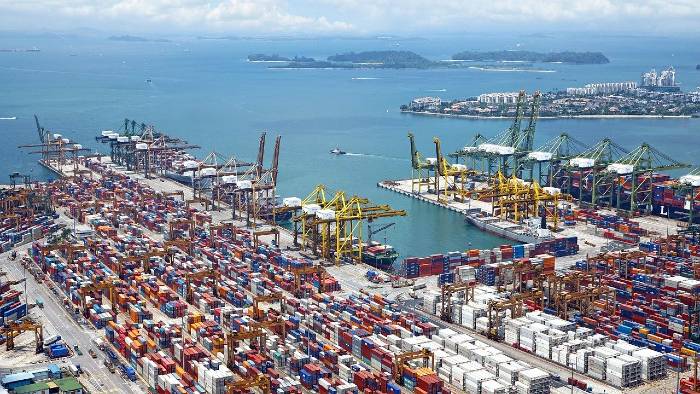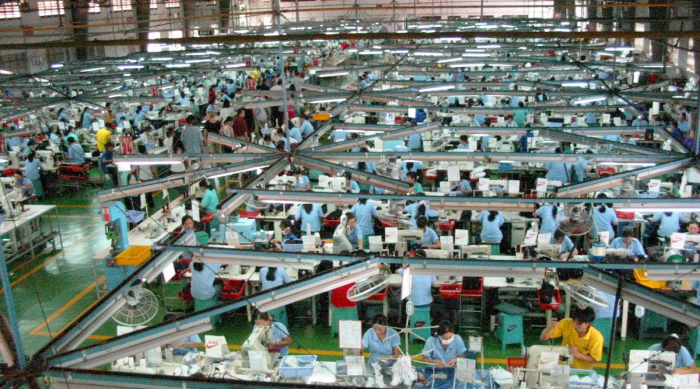This year has posed unprecedented challenges that changed our lives dramatically. Moving forward, how can we turn 2020 around and learn from the catastrophe?
PANDEMIC STRIKES
The year of 2020 started off with the Covid-19 virus that seemingly paused the world. Country lockdowns, social distancing, and ill-stricken staff have all been contributing factors in halting business operations. Notably, a pause in the global supply chain affected businesses and consumers alike. Demands were hardly met due to freight expectations of lower demands in conjunction with a falling economy. Nearing the middle and end of the year, there was a recovery in the Asian supply chain that resulted in suppliers playing catch-up with piled up demands.
Continue reading “Closing Out 2020”





